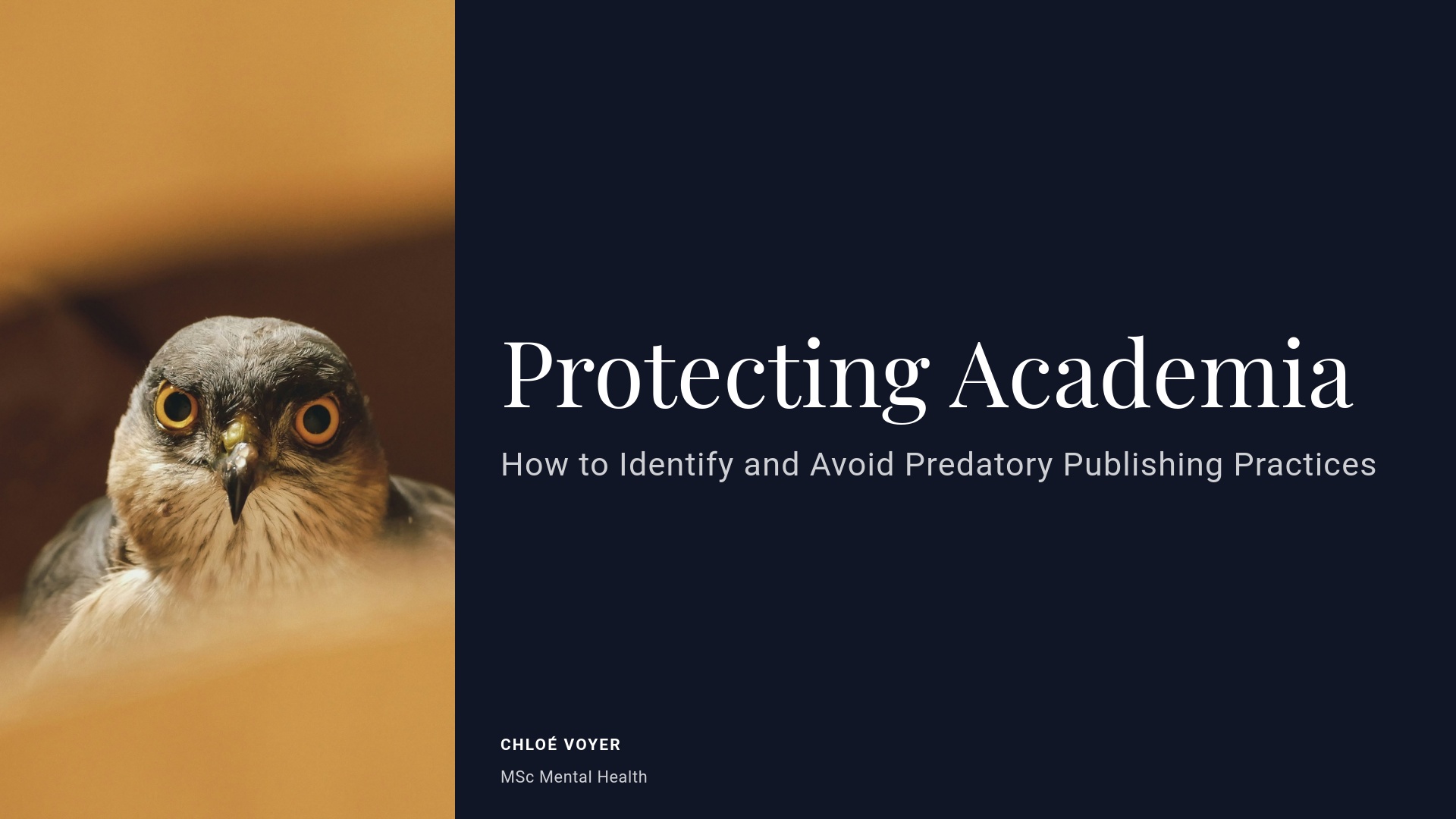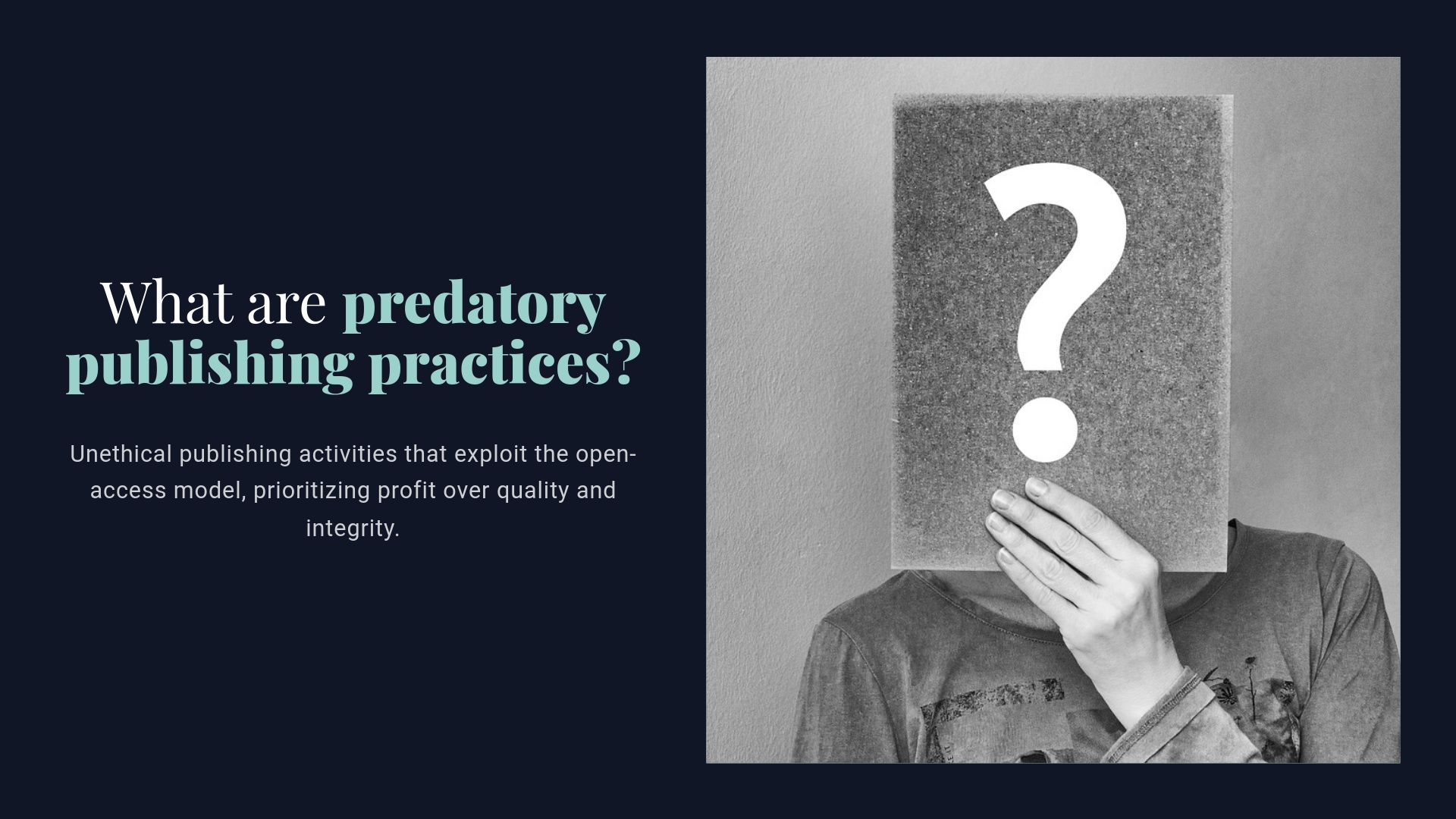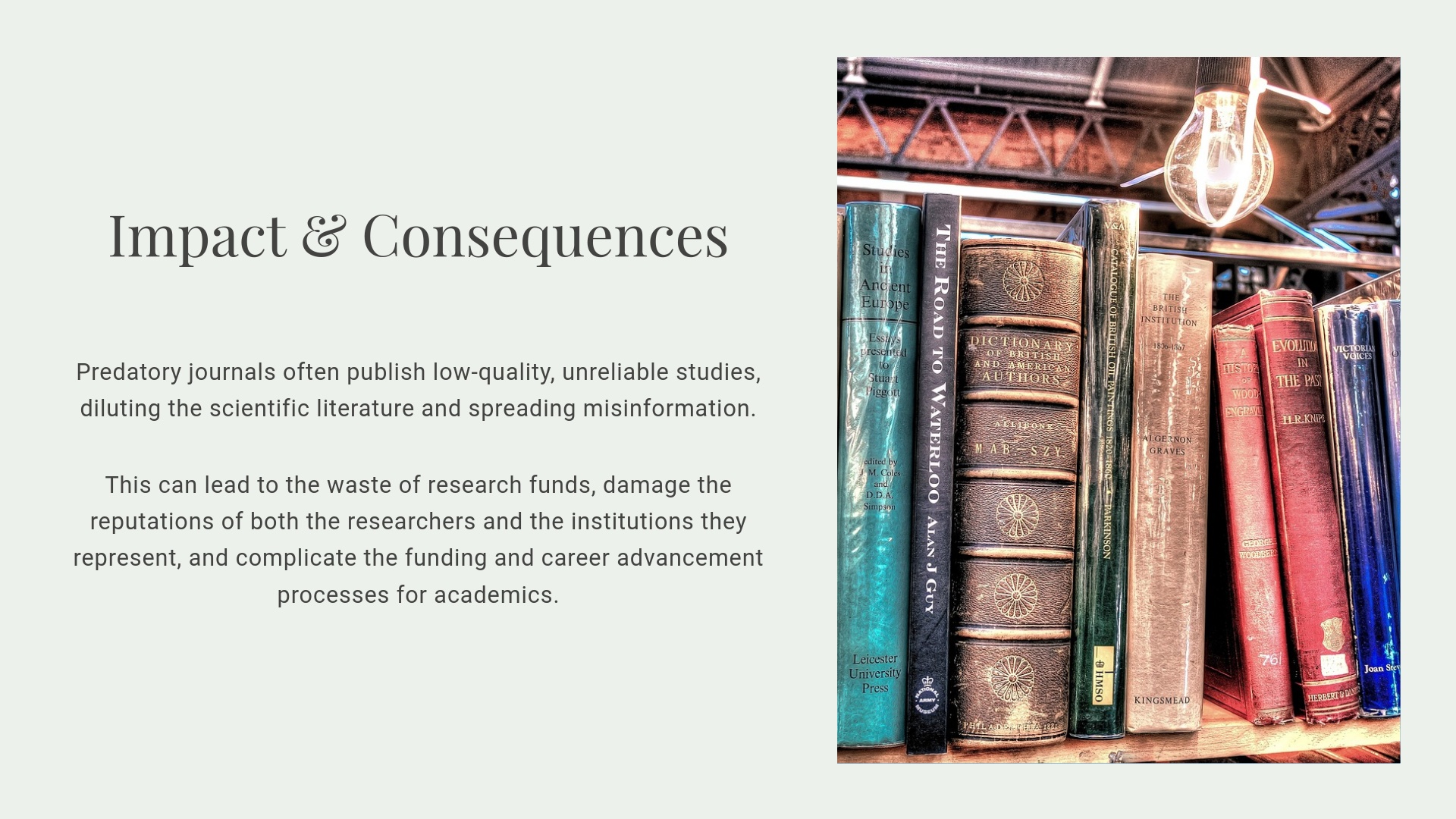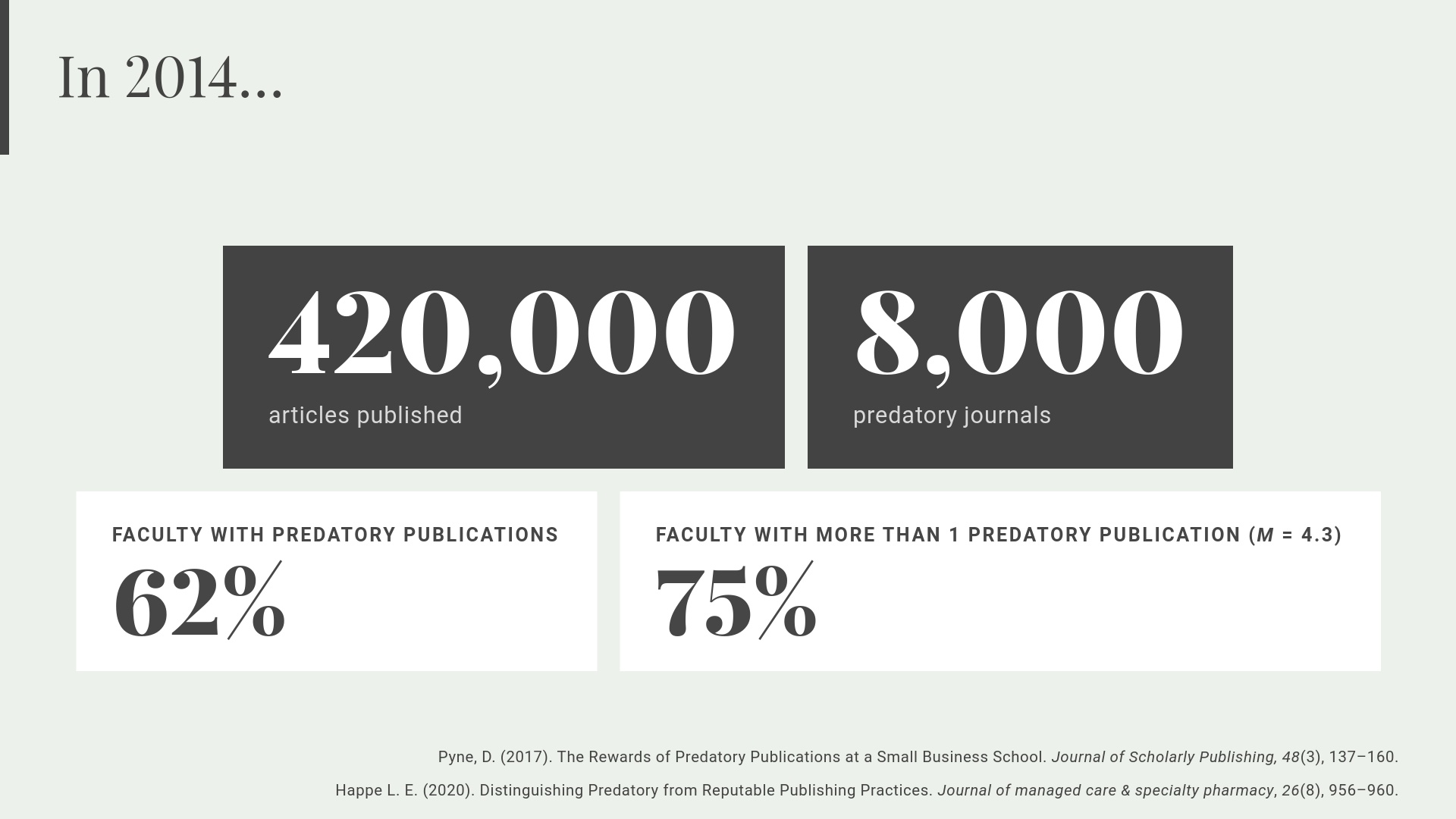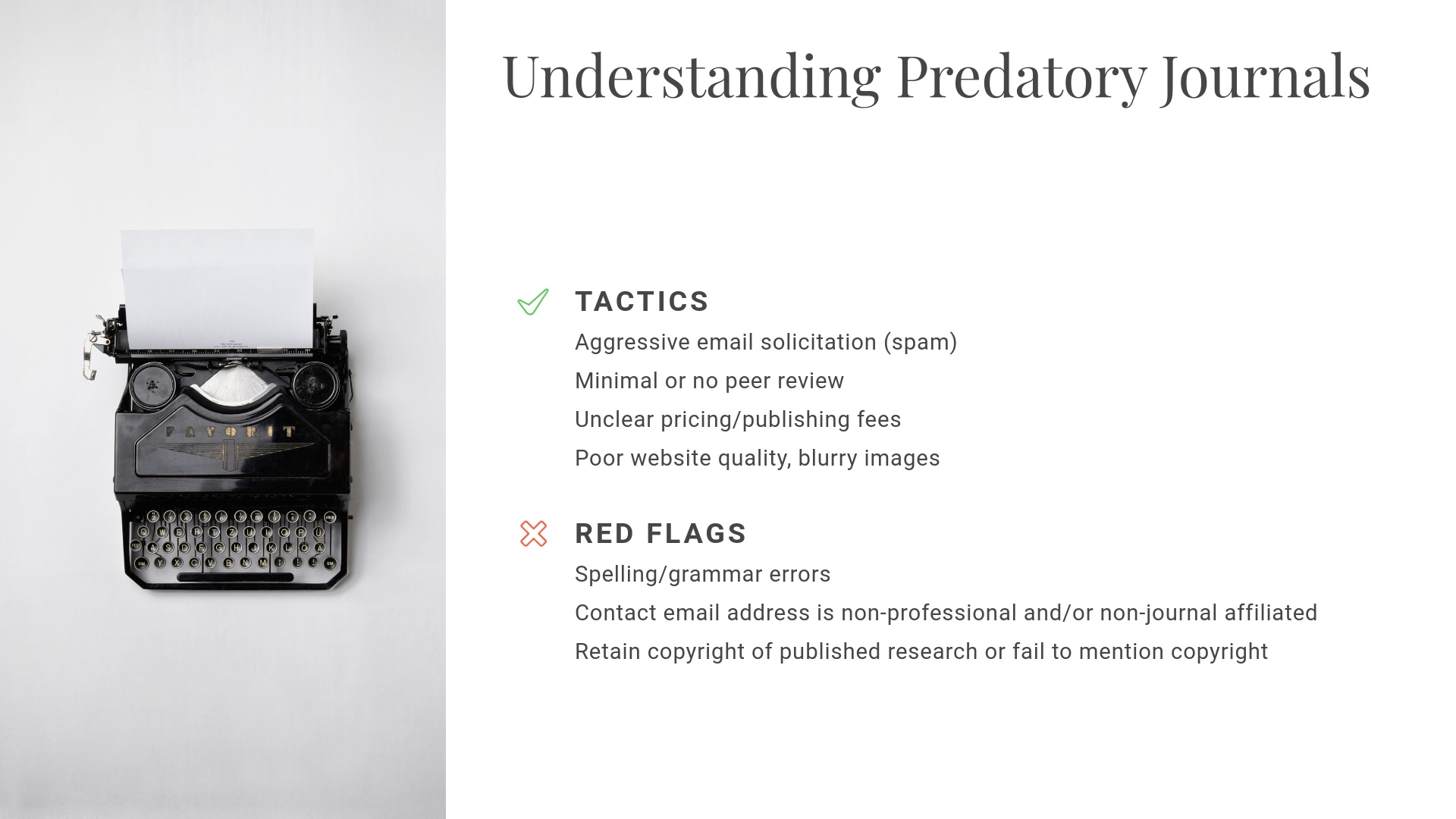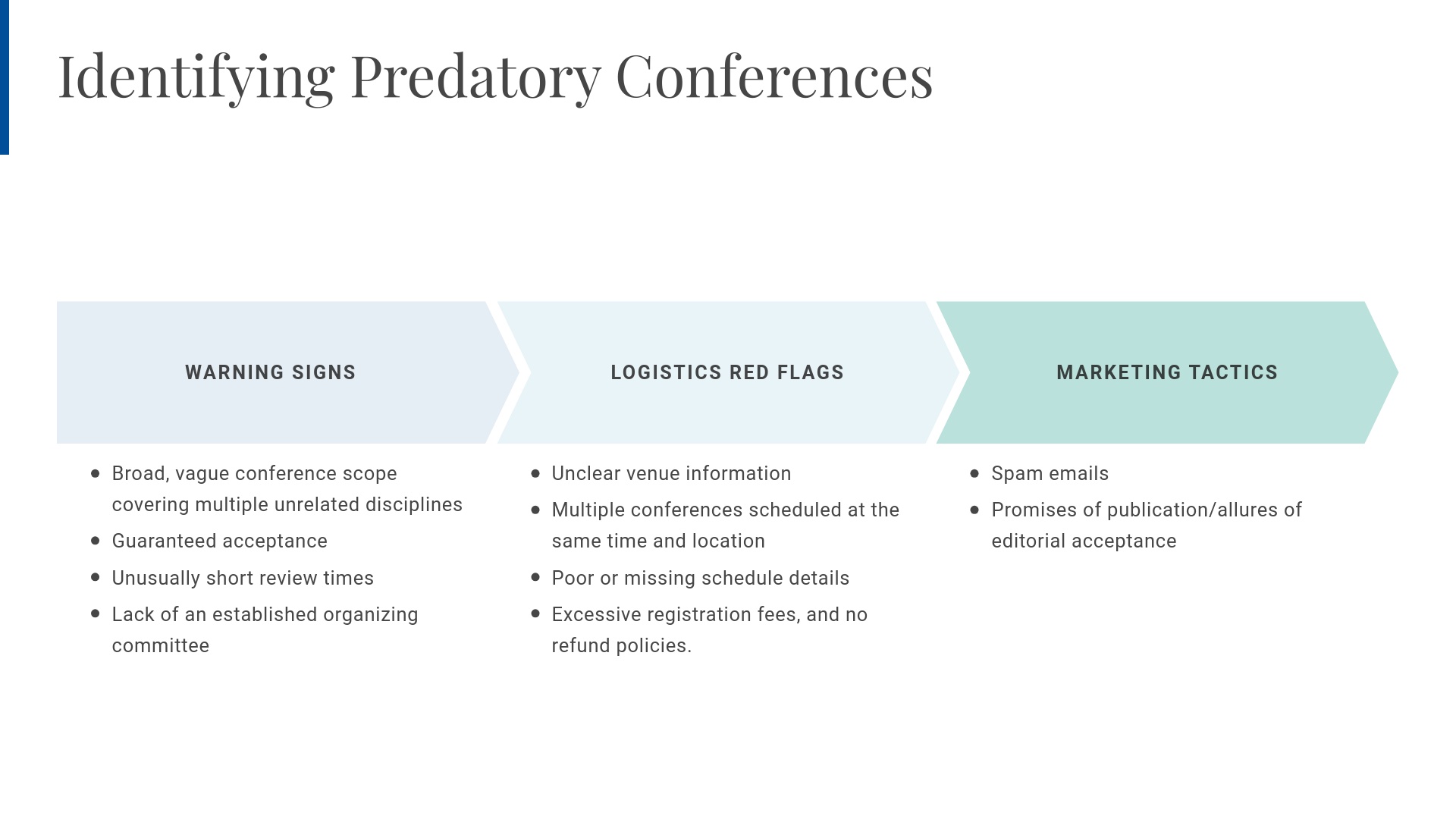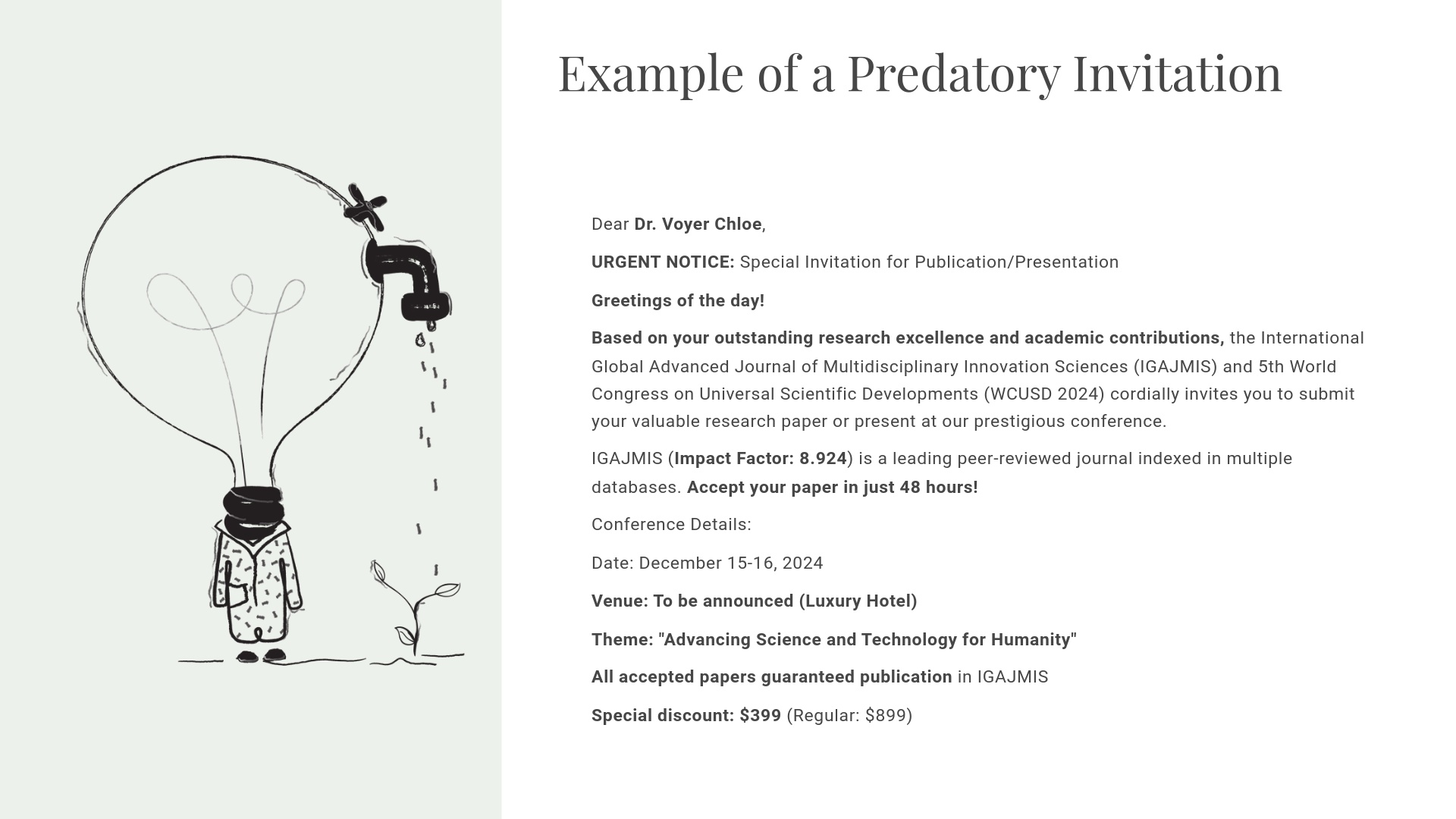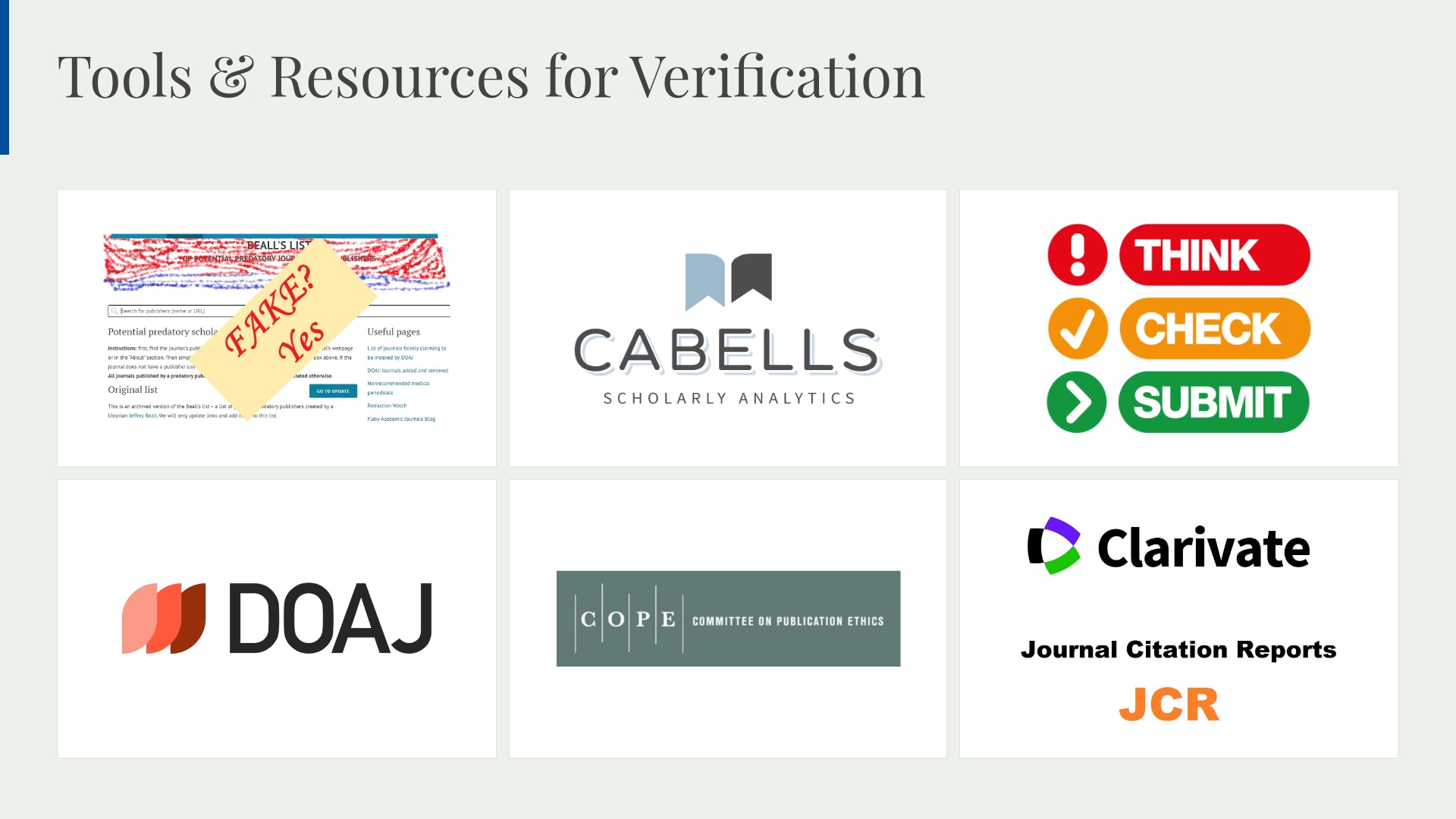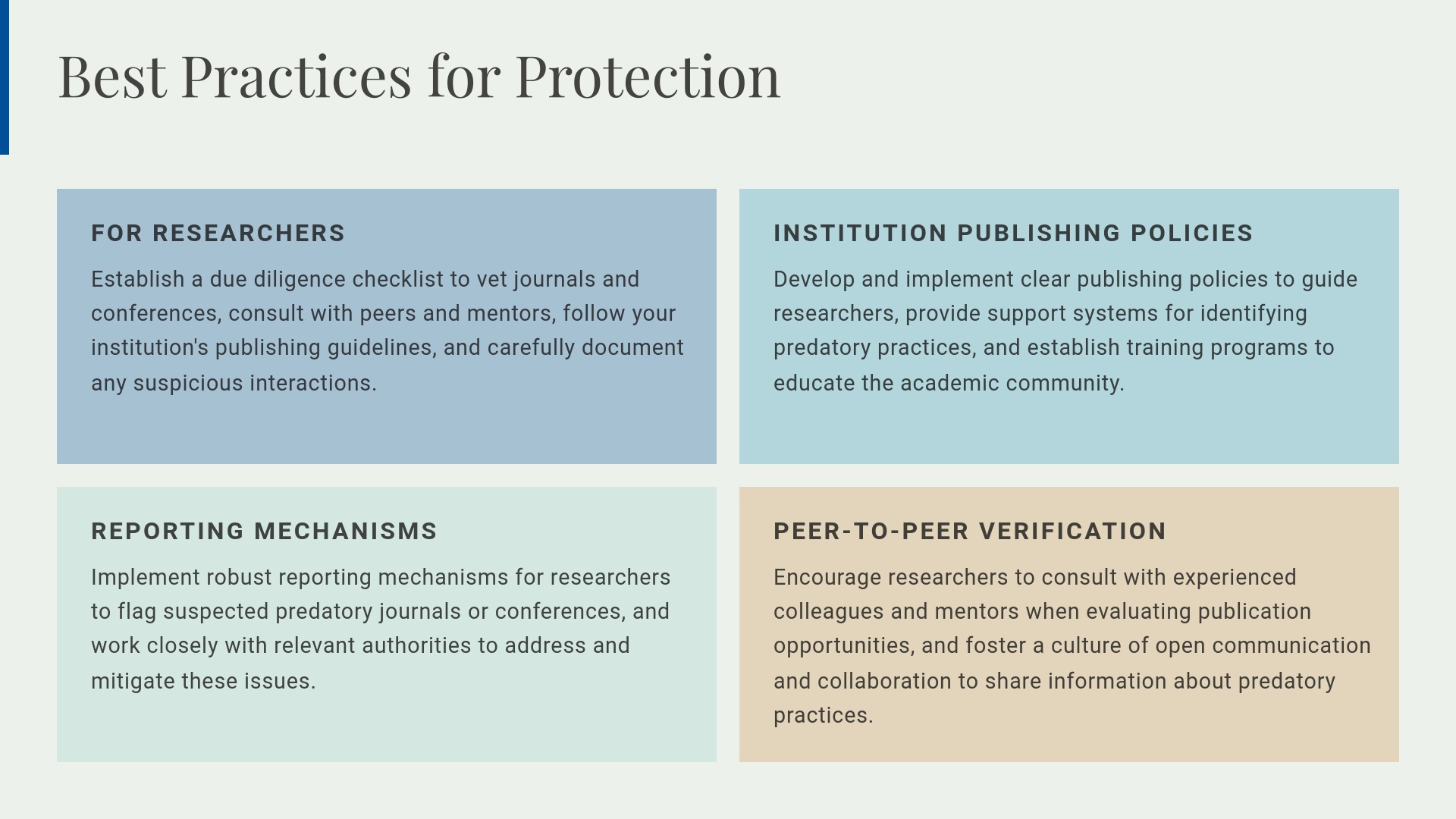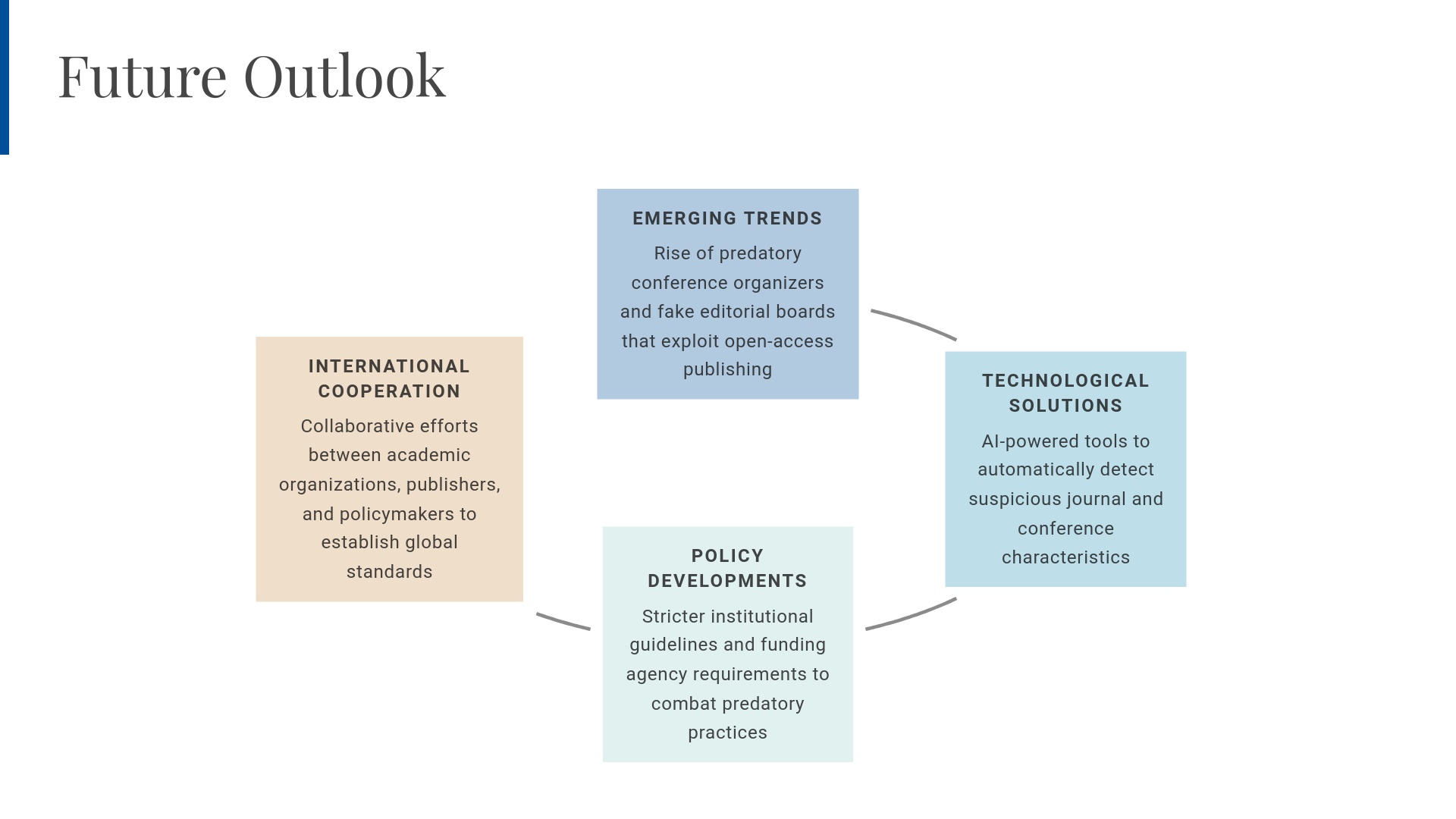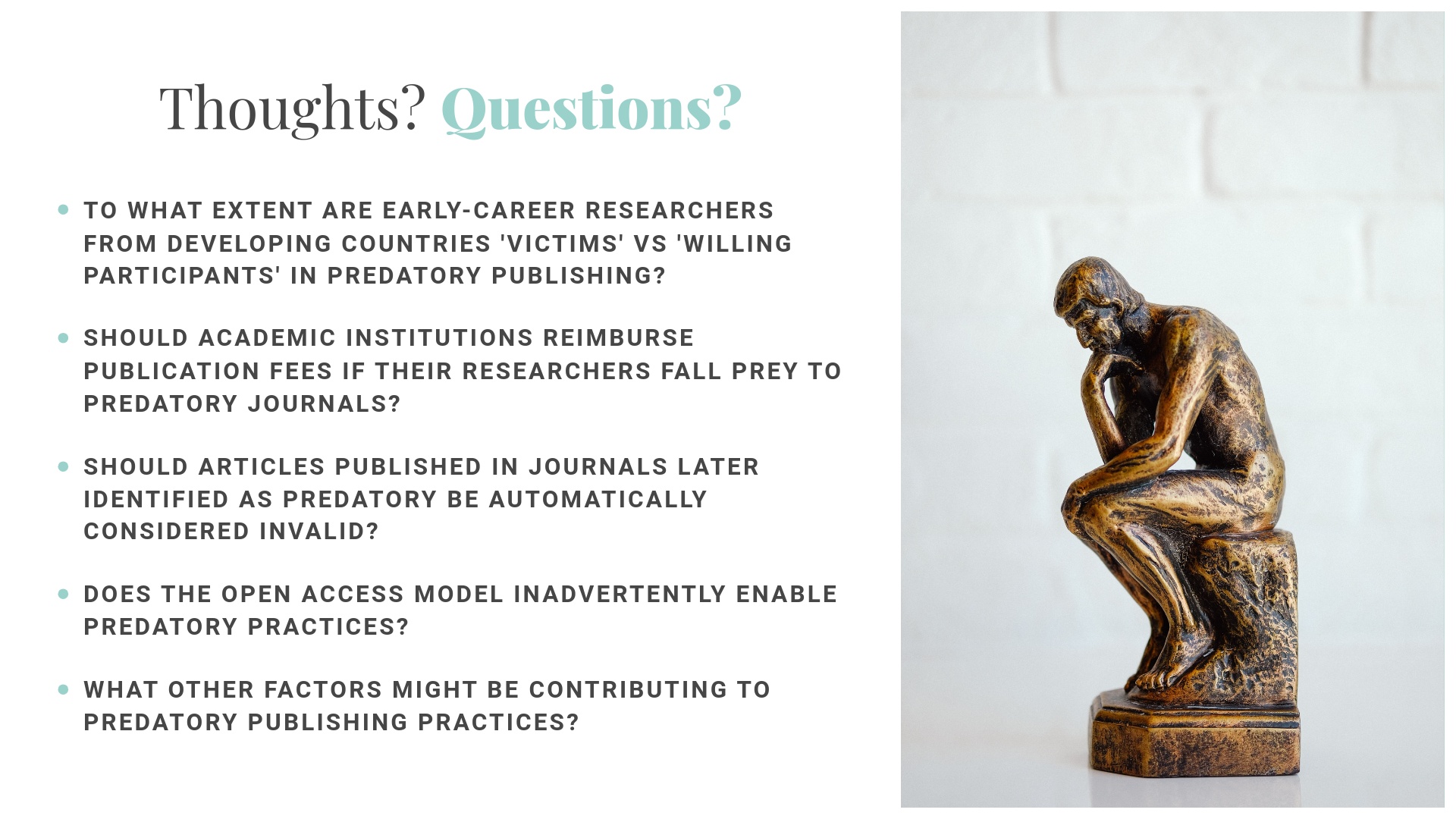Protéger le monde académique : comment identifier et éviter les pratiques de publication prédatrices 🦉
Conseils pour naviguer les pratiques de publication prédatrices dans le milieu académique
In today’s digital age, a concerning trend has emerged in academic publishing that threatens research integrity: predatory publishing practices. I recently fell into a fascinating research rabbit hole about this topic, and what I discovered was both alarming and important to share.
What Are Predatory Publishing Practices?
At their core, predatory publishing practices are unethical activities that exploit the open-access model, prioritizing profit over quality and academic integrity. The scope of this problem is staggering—in 2014 alone, there were 420,000 articles published in approximately 8,000 predatory journals. Even more concerning, studies have shown that 62% of faculty had predatory publications, with 75% of those having more than one (averaging 4.3 publications).
The Real Impact
The consequences of predatory publishing extend far beyond individual researchers:
- Dilution of scientific literature with unreliable studies
- Spread of potential misinformation
- Waste of valuable research funds
- Damage to researcher and institutional reputations
- Complications in funding and career advancement processes
How to Spot Predatory Journals
Common Tactics
- Aggressive email solicitation (spam)
- Minimal or non-existent peer review
- Unclear pricing and publishing fees
- Poor website quality with blurry images
Red Flags
- Frequent spelling and grammatical errors
- Non-professional or non-journal affiliated email addresses
- Unclear copyright policies or demands for copyright retention
- Promises of unusually rapid publication
Identifying Predatory Conferences
Marketing Tactics to Watch For
- Spam email campaigns
- Promises of guaranteed publication
- Claims of editorial acceptance
Logistical Red Flags
- Unclear venue information
- Multiple conferences scheduled simultaneously at the same location
- Poor or missing schedule details
- Excessive registration fees without refund policies
Warning Signs
- Overly broad conference scope covering unrelated disciplines
- Guaranteed acceptance promises
- Unusually short review times
- Lack of established organizing committee
Best Practices for Protection
For Individual Researchers
- Establish a due diligence checklist
- Consult with peers and mentors
- Follow institutional publishing guidelines
- Document suspicious interactions
For Institutions
- Develop clear publishing policies
- Provide support systems
- Establish training programs
- Implement robust reporting mechanisms
Future Outlook
The fight against predatory publishing is evolving through:
- Emerging AI-powered detection tools
- Stricter institutional guidelines
- Enhanced funding agency requirements
- International cooperation between academic organizations
- Global standards development
Discussion Points to Consider
- How do predatory practices affect early-career researchers from developing countries?
- Should institutions reimburse researchers who fall prey to predatory journals?
- What happens to articles published in journals later identified as predatory?
- Does the open access model inadvertently enable these practices?
- What other factors contribute to the rise of predatory publishing?
Tools and Resources
To protect yourself and your research, utilize established verification tools and always cross-reference multiple sources. Work with your institution’s library and research support services, and maintain open communication with colleagues about potential predatory venues.
Conclusion
Building a resilient academic publishing ecosystem depends heavily on researchers exercising due diligence. By staying informed and vigilant, we can collectively work to maintain the integrity of academic publishing and protect the quality of scientific literature for future generations.
About the Author: Chloé Voyer is a MSc Mental Health researcher passionate about maintaining academic integrity and helping fellow researchers navigate the complex landscape of academic publishing.
